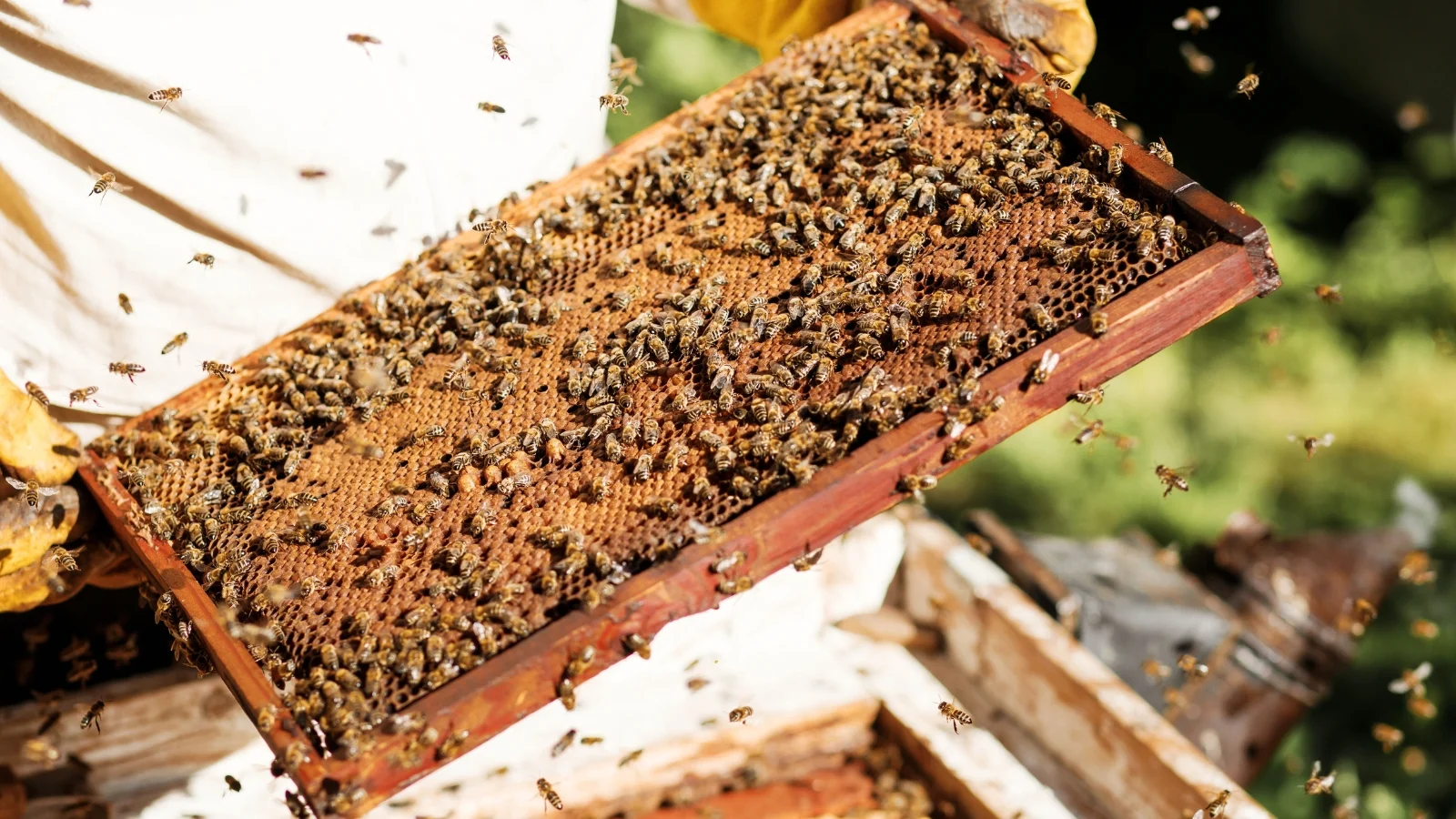Keeping a beehive may seem beneficial for the environment, but is it? Local, native bee populations are in decline, while non-native honeybees are thriving. Starting a pollinator garden may be a better way to help local bees.
Beekeeping is a wonderful way to support honeybees, which play a huge role in pollinating the crops we rely on. However, planting a pollinator garden can be just as helpful—sometimes even better. Without bees, we’d lose over $29 billion worth of crops every year! They’re that important to our food supply. That’s why many farmers keep bees or hire beekeepers to make sure their plants get pollinated.
In cities, suburbs, and rural areas, beekeeping lets people produce their own honey while helping the environment. European honeybees (which aren’t native to the U.S.) are incredibly efficient pollinators—they can turn a yard with no fruit into a productive orchard. But there’s a downside: they eat up almost all the pollen from flowers, leaving very little for other insects. This makes them great for farming but can actually harm local ecosystems if there are too many of them.
If you want to improve pollination, help local bugs, and create safe spaces for wildlife, starting a pollinator garden is one of the best things you can do.
Honeybees Are Doing Well—But Native Bees Need Help
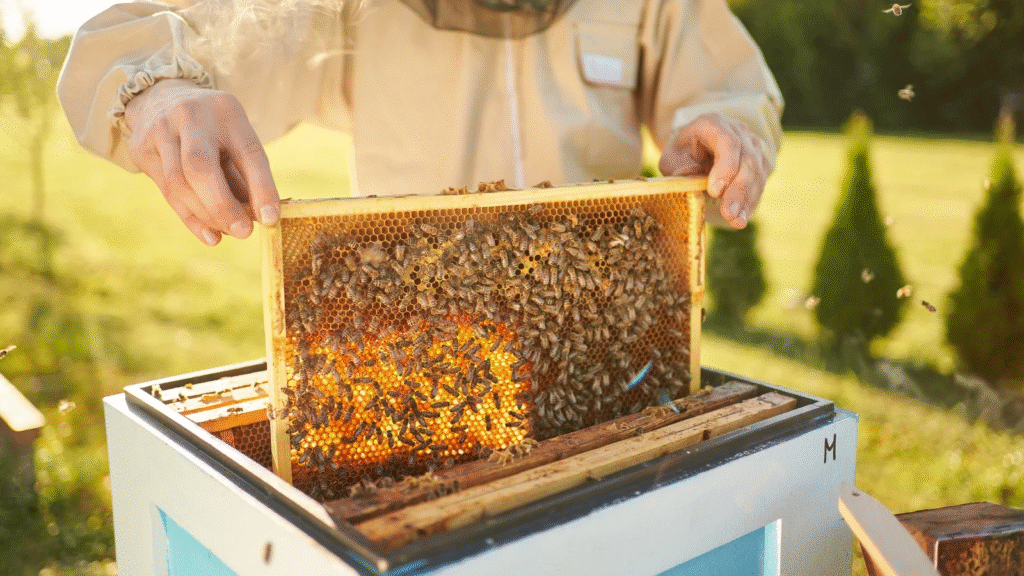
Don’t get me wrong—beekeeping is a rewarding hobby. It teaches patience, care, and respect for the environment. But it’s also complicated. You need training, equipment, and often guidance from experienced beekeepers. Many beekeepers pass their knowledge down through generations, making it a true family tradition.
Most beekeepers also care deeply about local wildlife. Since they avoid pesticides to protect their hives, nearby bees, birds, and small animals benefit too.
One of the biggest reasons people started keeping bees was to help their populations recover. A few years ago, European honeybees in the U.S. were dying in huge numbers due to something called colony collapse disorder. But today, their numbers are stable. They don’t really need extra help from new hives anymore.
The Problem with Swarming Bees
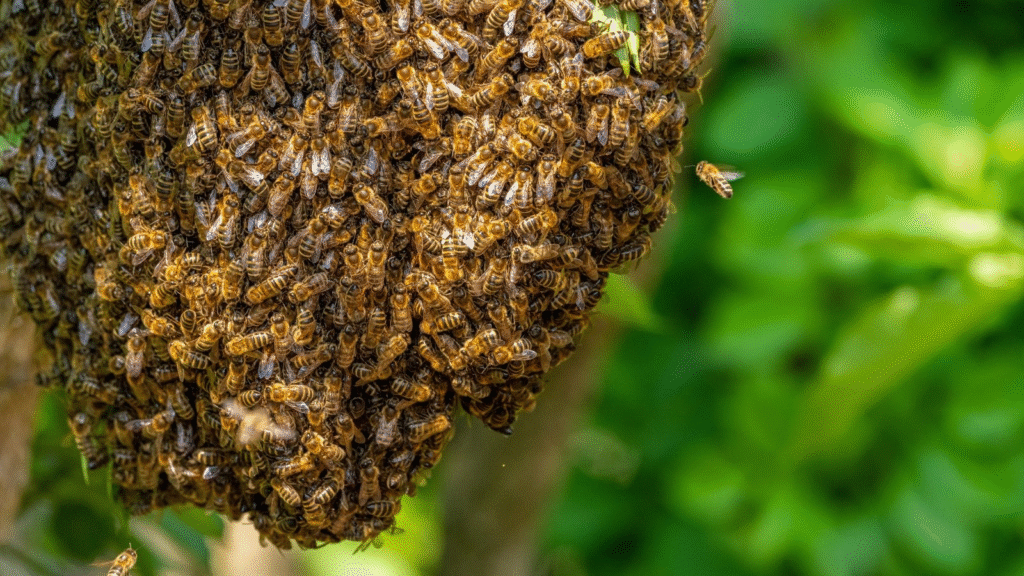
Experienced beekeepers can usually tell when swarming is about to happen, but beginners might not notice the signs. If a swarm escapes, the beekeeper loses half their bees, and those bees might set up a new hive in the wild.
This becomes a problem because non-native honeybees can take over areas where wild bees live. They compete for food and space, often pushing out the local bees that belong there. While honeybees are great for farms, they can actually harm natural ecosystems when they spread uncontrolled.
Diseases Spread Easily Among Bees
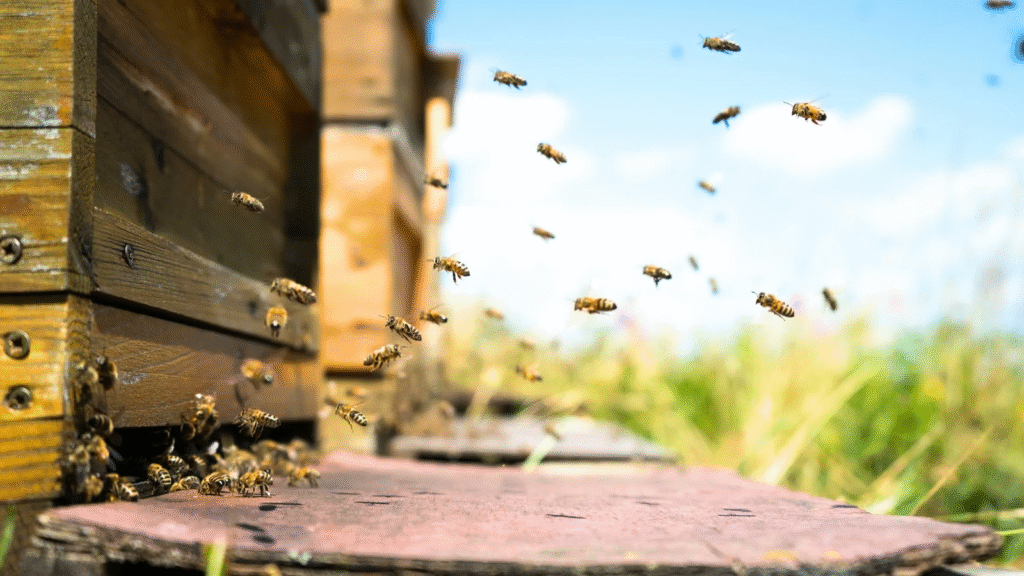
Another issue with beekeeping is that diseases can spread quickly between hives. Large bee colonies are perfect breeding grounds for mites, fungi, and viruses. When infected bees fly to other gardens, they can pass these problems to wild bees too.
If you’re keeping bees mainly to help with pollination, a pollinator garden might be a better choice. It attracts native bees (like bumblebees and mason bees) without the risk of spreading diseases. Plus, fewer honeybees mean fewer pests that rely on them.
If you think your hive might be sick, it’s important to contact a local beekeeping expert. They can help you treat the problem and stop it from spreading to other hives nearby.
Native Bees Are Disappearing—Here’s How to Help
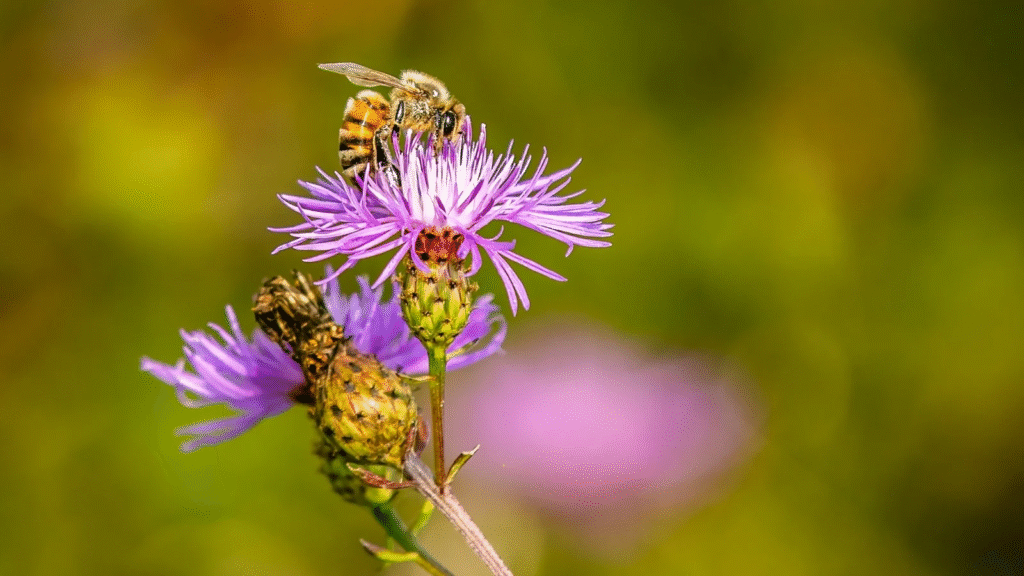
While honeybees are doing fine, many native bee species are in trouble. Their habitats are shrinking, and in places with lots of honeybees, they struggle to find enough food.
Different areas have different native bees. Where I live in Oregon, we have bumblebees, long-horned bees, and leafcutter bees, among others. These bees nest in all kinds of places—hollow plant stems, underground tunnels, even cracks in old wood.
They depend on flowers for survival. By planting a pollinator garden, you give them a reliable food source. And while they’re feeding, they’ll pollinate your fruits and vegetables too—just like honeybees do.
Honeybees Take All the Pollen—Leaving Other Bees Hungry
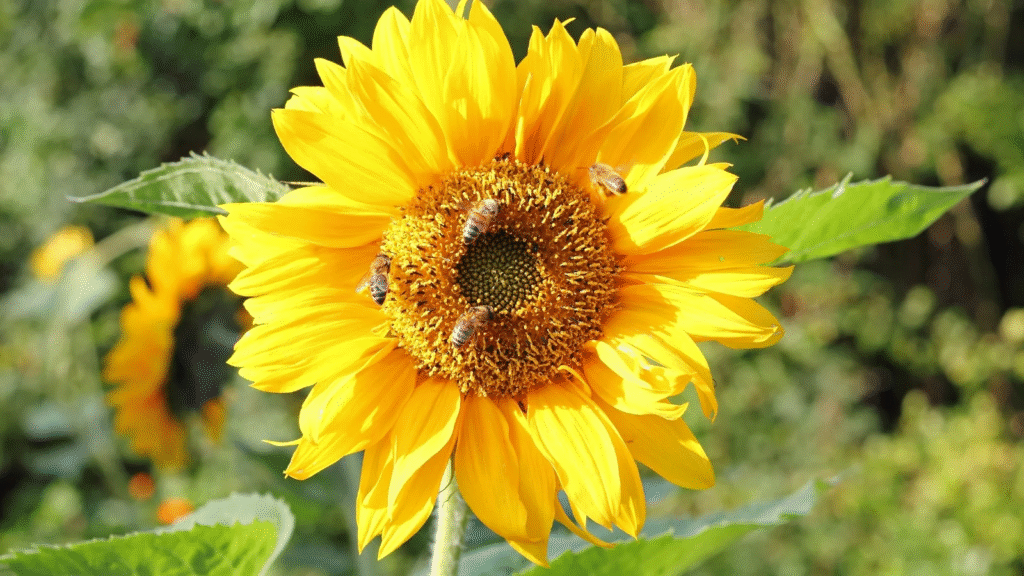
European honeybees are like pollen vacuum cleaners—they collect so much that there’s often nothing left for other bees. Since they live in huge colonies, they can strip a garden clean in no time.
This means other bees arrive at flowers only to find them empty. Instead of adding more honeybees, planting more flowers is a better solution. Native bees will come, pollinate your plants, and keep the ecosystem balanced.
Native Bees Love Native Plants
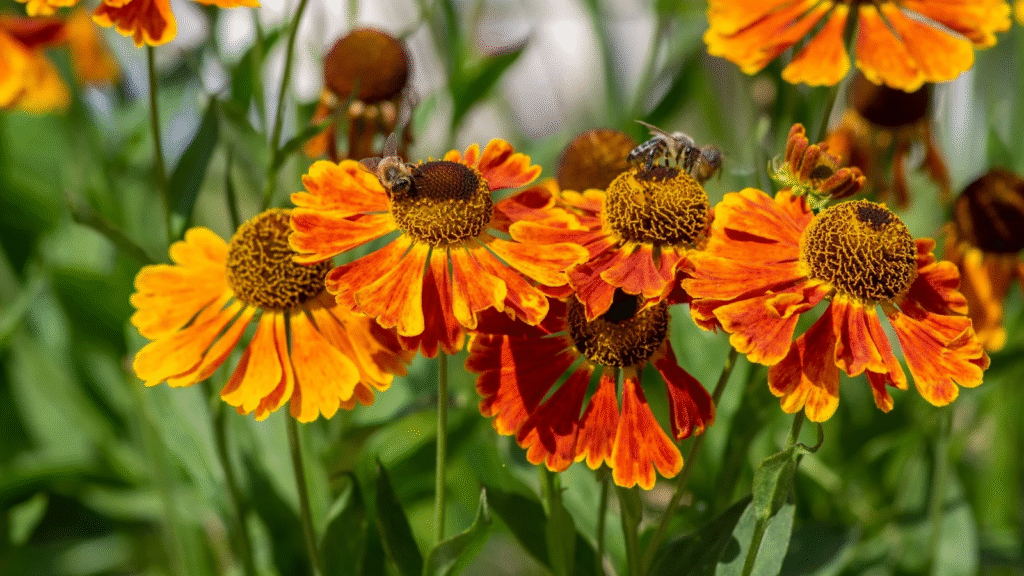
The best way to support local bees? Grow the plants they evolved with. Native bees and native plants have a special relationship—they depend on each other. Some crops, like blueberries and cranberries, actually rely on native bumblebees for pollination.
A garden full of native flowers is like a five-star restaurant for bees. Some great choices include:
- American Asters – A late-season bloomer that feeds bees in fall.
- Wild Ginger – A ground cover that attracts early spring pollinators.
- Goldenrods – Often blamed for allergies (wrongly!), these are bee magnets.
- Phacelia – A beautiful purple flower that bees adore.
- Madia – A sunflower relative that’s great for dry climates.
You don’t need a huge space—even a small patch or a few containers can make a big difference.
Honeybees Accidentally Help Invasive Plants
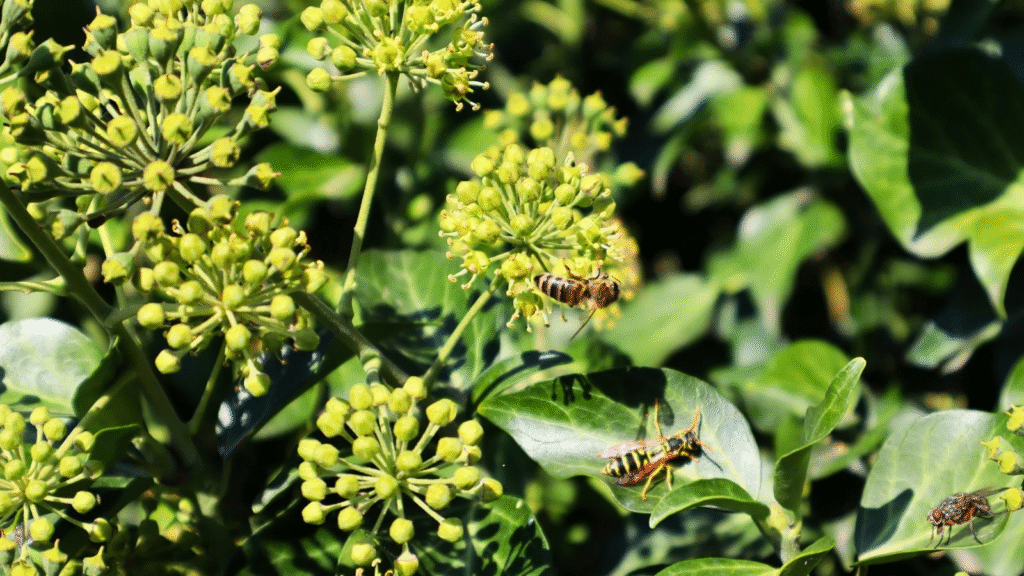
Just like native bees prefer native plants, honeybees are drawn to invasive species from their homeland. English ivy, for example, is a favorite of European honeybees.
When honeybees pollinate invasive plants, those plants spread even faster. Birds eat the berries and spread seeds everywhere, leading to more ivy smothering trees and taking over gardens. That’s another reason why a pollinator garden is often the better choice—it supports the right plants and the right bees.
Pollinator Gardens Help More Than Just Bees
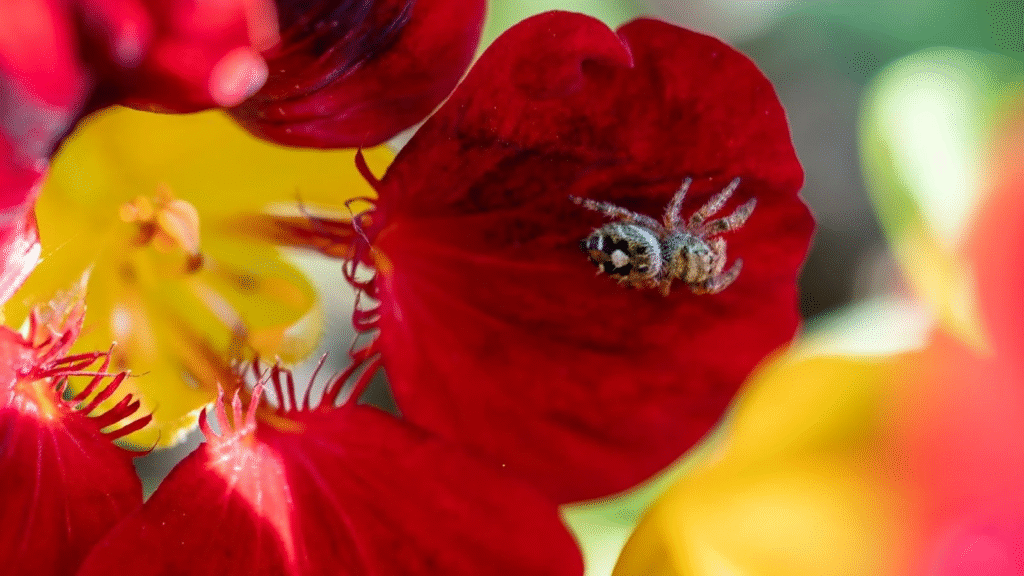
A garden full of flowers doesn’t just help bees—it supports butterflies, birds, spiders, and even small animals like squirrels and frogs. Everything in nature is connected: flowers feed insects, insects feed birds, and so on up the food chain.
Some flowers even attract helpful predators, like crab spiders that wait on petals to catch pests. By planting a pollinator garden, you’re creating a mini-ecosystem where all kinds of creatures can thrive.
How to Create the Perfect Bee Habitat
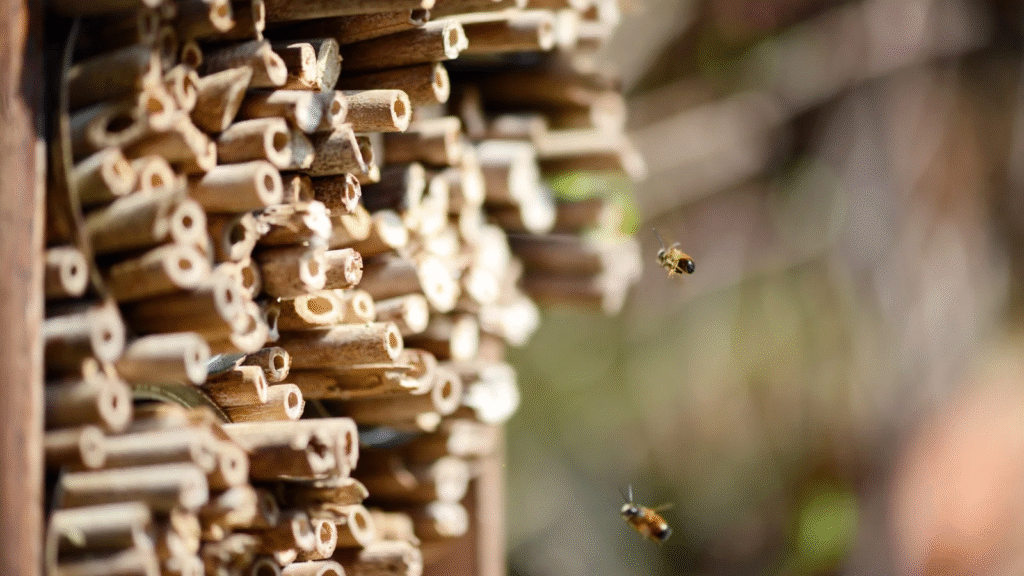
Bees need food, water, and shelter—just like we do. While honeybees live in hives, most native bees nest in simple places like hollow stems, dead wood, or even piles of leaves.
You don’t need a perfectly neat garden. Leaving dried sunflower stalks, fallen branches, or patches of bare ground gives bees places to nest. And don’t forget water—a shallow dish with pebbles (so bees don’t drown) or a birdbath will keep them hydrated. Just change the water every few days to keep it clean.

